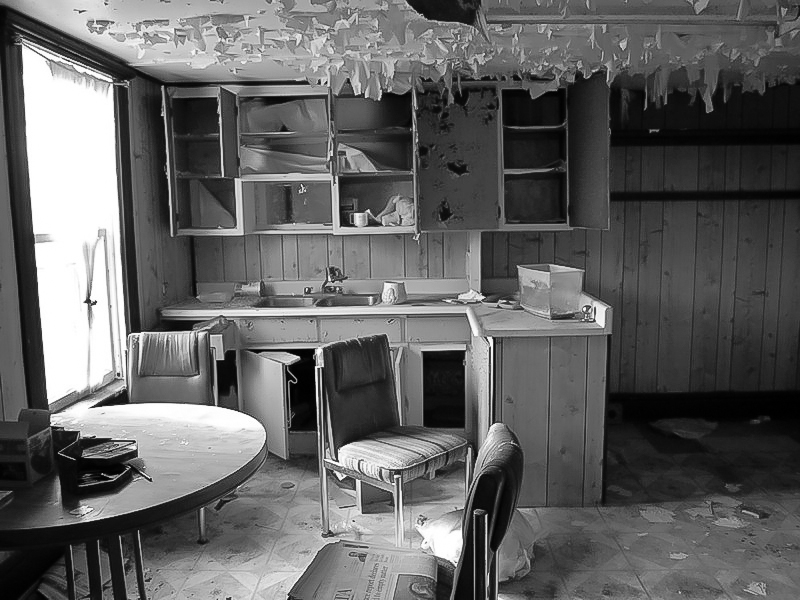Urban explorers often speak of the rush and thrill of their craft but there is another side to their unusual hobby.
“Exploring a ghost town settlement offers up mixed emotions,” photographer Bruce Brigham said via email.
He talked about experiencing “feelings of sadness . . . and an everlasting wonder of who lived there, what happened over the years, and where the families went when the town of house was abandoned.”
Brigham is the founder of Abandoned Ontario, a photographic essay project that aims “[to] profile historic Canadian architecture, settlements and ghost towns in their present states.” Abandoned Ontario’s database compiles user-submitted images of locations all over Ontario (and some across Canada), which are all added online by fellow rural explorers. Currently there are over 5,000 photographs in the archives, Brigham said.
Brigham said the rural exploration scene has grown with urban exploring worldwide, but remains a growing influence in Ontario. Almost every Ontario town has at least one site where rural explorers practice their talents.
Since its founding in 1994, Brigham has published two books of black-and-white photography devoted to Abandoned Ontario. He said he hoped to impact its readers with the beauty in decay.
“The books are both a profile in history and an attempt to capture the beauty in the decay of the structures through the use of black and white photography and natural light. In a sense, to capture the feelings that I felt when on location and to share the emotion and feeling through still life photographs,” he said.
There are risks associated with rural exploring, despite the large fan base. The infringement of the Trespass to Property Act of 2000, which condemns trespassing persons on a property to pay fines from $600-$2,000 in Ontario. The statutory law enforces abandoned buildings as well as those currently inhabited, therefore increasing the risk factor for any explorer.
However, the knowledgeable rural explorer can avoid these risks.
“[The buildings] only become a hazard when people do not respect them,” Brigham said.
So, what makes rural explorers endure these risks just for photographs? The appeal of rural exploring rests not only in the thrill of the risk factor, but also in the experience of preserving history. Documenting buldings in decay is a poignant “reminder of our roots and heritage,” Brigham said.
“A site that is interesting is one that is left untouched in its natural state. For example, a house that is still full of old furnishings, or on some occasions, still has clothing hanging in the cupboards,” he added.
Brigham said he believes photography is a way of preserving these sites while still leaving them untouched and allowing them to degrade naturally.
“I think that these buildings should be left alone, because they are somewhat of a time capsule and a reminder of the past,” he said.
“I don’t think that we need to protect people from these sites, as much as we need to protect these sites from people,” he added.
Armed only with their cameras, rural explorers continue to be adventurous, curious, yet educated individuals on the hunt for the beauty in the overlooked.
Source: Ontario.ca






